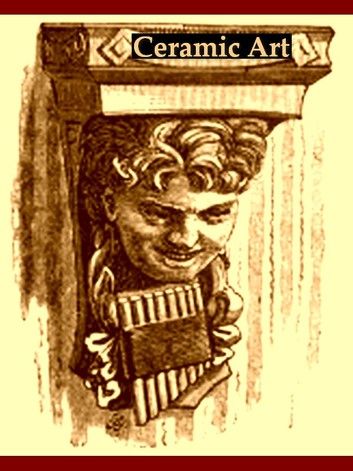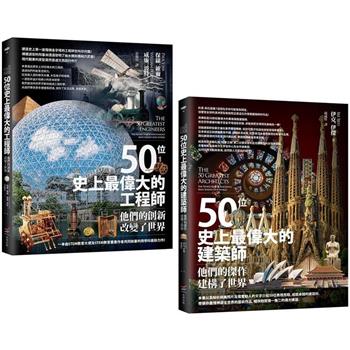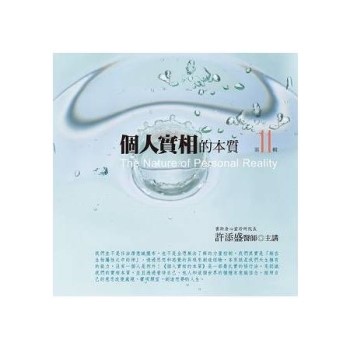| FindBook |
有 1 項符合
The Ceramic Art的圖書 |
 |
The Ceramic Art 作者:Jennie J. Young 出版社:VolumesOfValue 出版日期:2013-07-16 語言:英文 |
| 圖書館借閱 |
| 國家圖書館 | 全國圖書書目資訊網 | 國立公共資訊圖書館 | 電子書服務平台 | MetaCat 跨館整合查詢 |
| 臺北市立圖書館 | 新北市立圖書館 | 基隆市公共圖書館 | 桃園市立圖書館 | 新竹縣公共圖書館 |
| 苗栗縣立圖書館 | 臺中市立圖書館 | 彰化縣公共圖書館 | 南投縣文化局 | 雲林縣公共圖書館 |
| 嘉義縣圖書館 | 臺南市立圖書館 | 高雄市立圖書館 | 屏東縣公共圖書館 | 宜蘭縣公共圖書館 |
| 花蓮縣文化局 | 臺東縣文化處 |
|
|
The Ceramic Art
A Compendium of the History and Manufacture of Pottery and Porcelain
This edition features
• illustrations
• a linked Table of Contents and Index
CONTENTS (abridged list)
INTRODUCTION. Advantages of the Study.—The Lost Origin of the Art.—Ascribed to the Gods.—Legends of China, Japan, Egypt, and Greece.—Keramos.—A Solution suggested.—How Pottery illustrates History.—How it explains the Customs of the Ancients.—Its Bearings upon Religion.—Examples from Egypt, Greece, and China.—The Art represented in Pottery.—Its Permanency.—As a Combination of Form with Drawing and Color.—Greek Art.—Its Merits and Defects.—The Orientals, and their Attention to Color.—Eastern Skill.—The Aim of Palissy.—The Highest Aim of the Ceramic Artist.—Painting on Porcelain.—Rules to be Observed in Decorating.—Where Color alone is a Worthy Object.—How the Art affords the Best Illustration of the Useful combined with the Beautiful.—Its Place in the Household
BOOK I.—NOMENCLATURE AND METHODS.
CHAPTER I. TECHNOLOGY. Confusion in Use of Terms.—Porcelain as an Instance.—Derivation of Ceramic.—Pottery.—Faience.—Majolica.—Mezza-Majolica.—Composition of Porcelain.—Origin of Word.—Where first made.—When introduced into Europe.—Hard and Soft Paste.—Soft Porcelain of Venice, Florence, England, France.—Hard Porcelain invented at Meissen by Böttcher.—Vienna.—Discovery of Kaolin in France.—Biscuit
...
BOOK IV.—AMERICA.
CHAPTER I
...
CHAPTER V
INDEX
|









